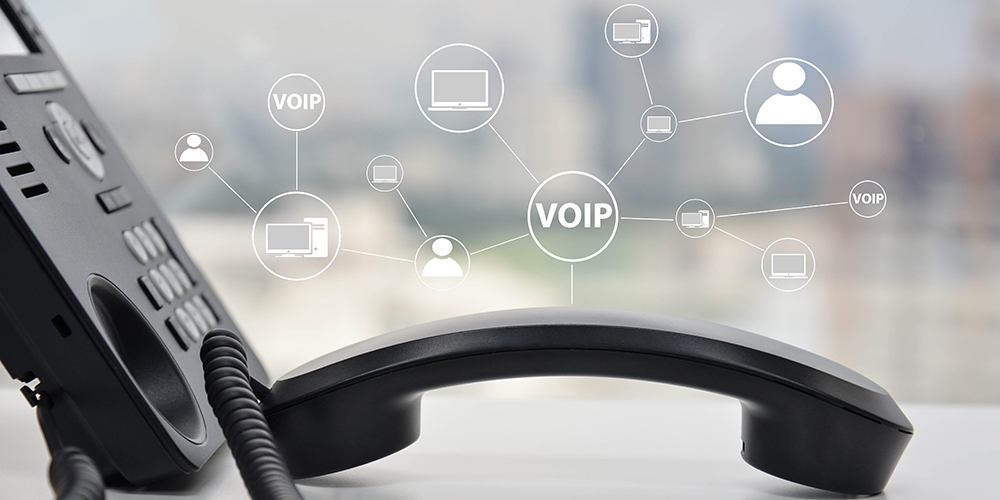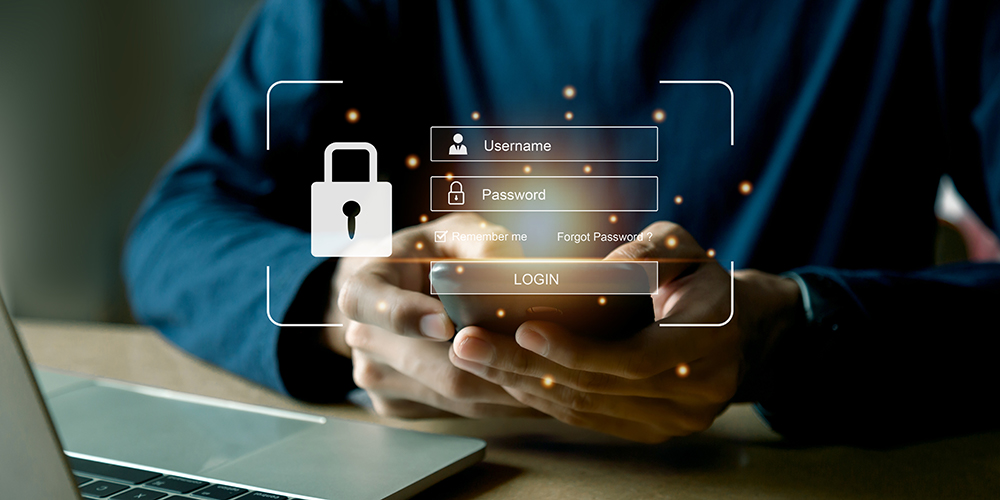
Assessing Your Network Health
How do you know how strong, secure and flexible your company’s IT network is? Does network traffic move along seamlessly, or get bogged down by insufficient bandwidth or other bottlenecks? Even more important, can you count on your network to keep your data secure, safe from attack or compromise? Read on to learn more about assessing the health of your network by answering these and other questions.

Do Business Anywhere with Modern Cloud Phone Systems
Business phone communication used to be based in the office. Now, with the technology of VoiceOver Internet Protocol (VoIP for short), you can communicate anywhere, anytime, on any device. Read on to learn more about this modern cloud communication option.

Realizing the Benefits of Cloud Offerings with Desktop as a Service
With more people connected to company networks both inside and out of the office, a virtual desktop solution makes sense. What if your company can use such a solution, without having to maintain on-premise infrastructure and its costs? Read on to learn more about Desktop as a Service (DaaS), a cloud-based virtual desktop solution

Cyber Resilience About More Than Just Technology
Attacks and threats producing attacks continue to occur. How can your company keep up, and protect itself from financial, legal and other consequences? Cyber resilience, the ability to recover from a cyber attack, involves people and processes even more than technological tools. Read on to learn more about helping your organization plan how to keep going in the face of an attack.

Using Multiple Layers for Comprehensive Cybersecurity
How do you know if your company’s cybersecurity efforts are working? Is the lack of a data breach enough to tell you that you’re doing well? Maybe, maybe not. Read on to learn about analyzing your risks and using that information to keep your systems and data safe, and your company doing business.

Developing a Culture of Cybersecurity
When it comes to cybersecurity, tools and technology help. What can help even more is making cybersecurity a part of company culture, to the point of safety becoming second nature. Read on to learn more about establishing a culture of cybersecurity.

What’s On Your Holiday Tech Wish List?
What if you could deduct technological expenses, reducing your taxes and availing your business of new technology? According to the IRS, you can deduct a portion of your tax expense for products (sometimes even services) if you deploy the tech in the current tax year. Read on to learn more about defraying expenses and even gaining a competitive advantage, too.

Defense in Depth Provides Robust Cybersecurity
Many companies, while they have defenses against cyberattack, still fight to keep ahead of cyberattacks. What if your company is one of these, and could find a better way to protect your technological assets–data, applications, your network itself–from attack? Read on to learn more about “defense-in-depth” and how your company can use it to build a robust defense in all parts of your network.

Disaster Recovery Plans Help Keep Your Business Going
Any time of year, a disaster can happen, disrupting business operations and even threatening your company itself. Statistics show that some small to medium-size businesses close after a disaster; even some of those that reopen may be out of business in a year. Having a plan for disaster recovery can help your business defy the statistics. Read on to learn more about preserving your company’s data, reputation and bottom line by having a disaster recovery plan in place.

Set High Standards for Cybersecurity
As we know, October is Cybersecurity Awareness month. There is much to be aware of, including how to prepare for an attack, current threats, how well your data is protected, and who has access to it. Read on to learn how following rigorous compliance standards helps...
